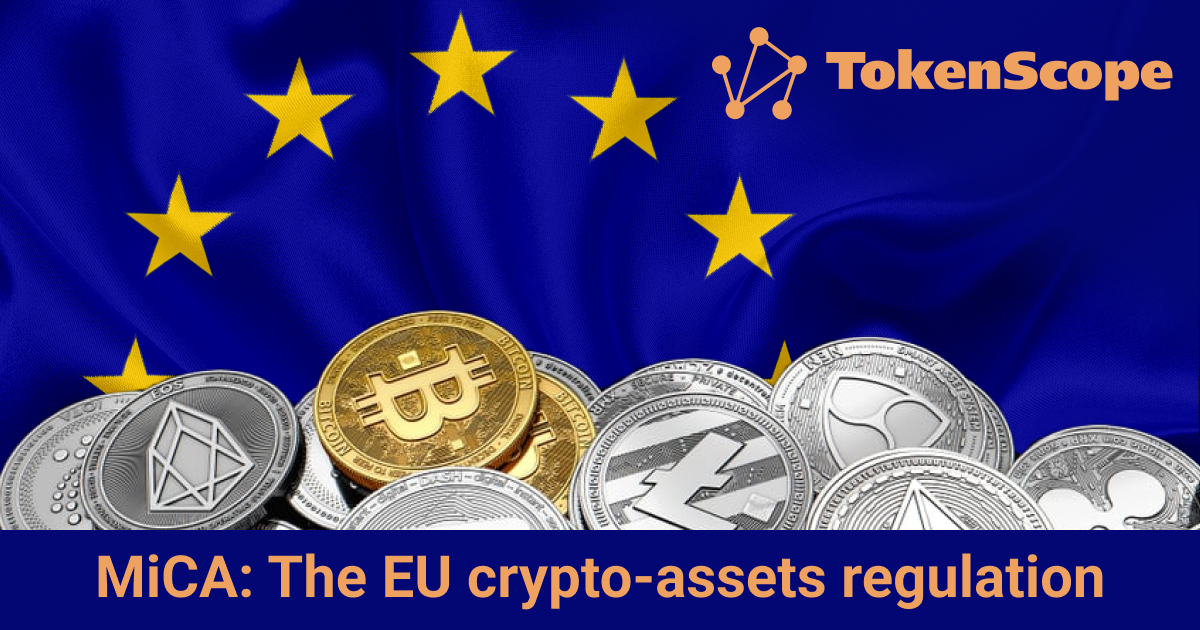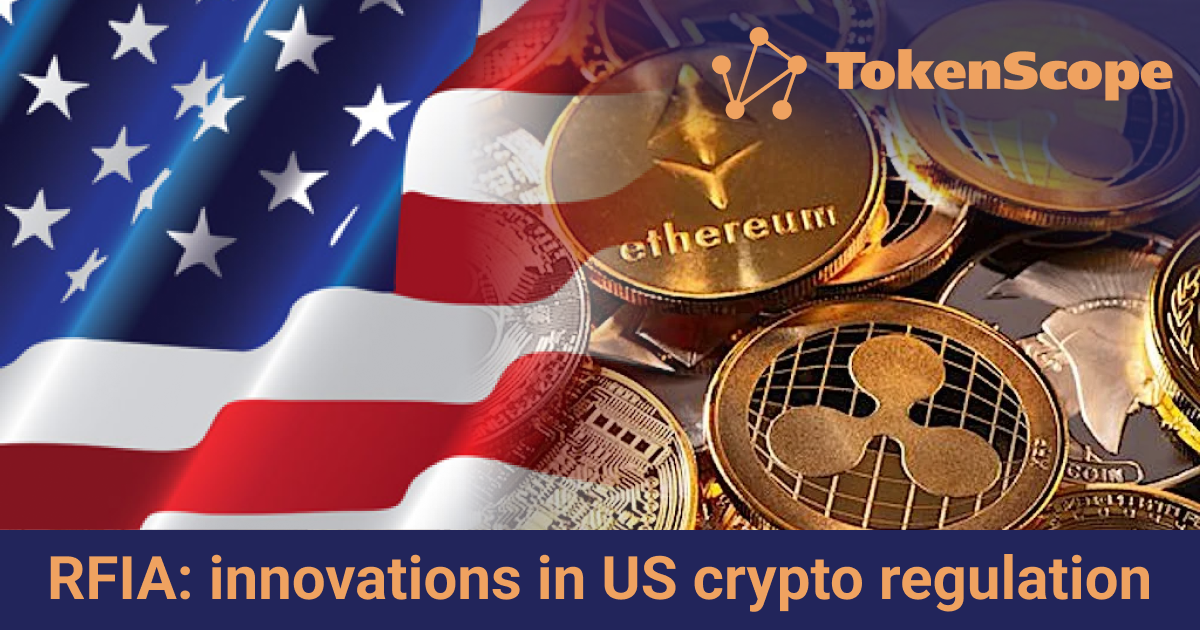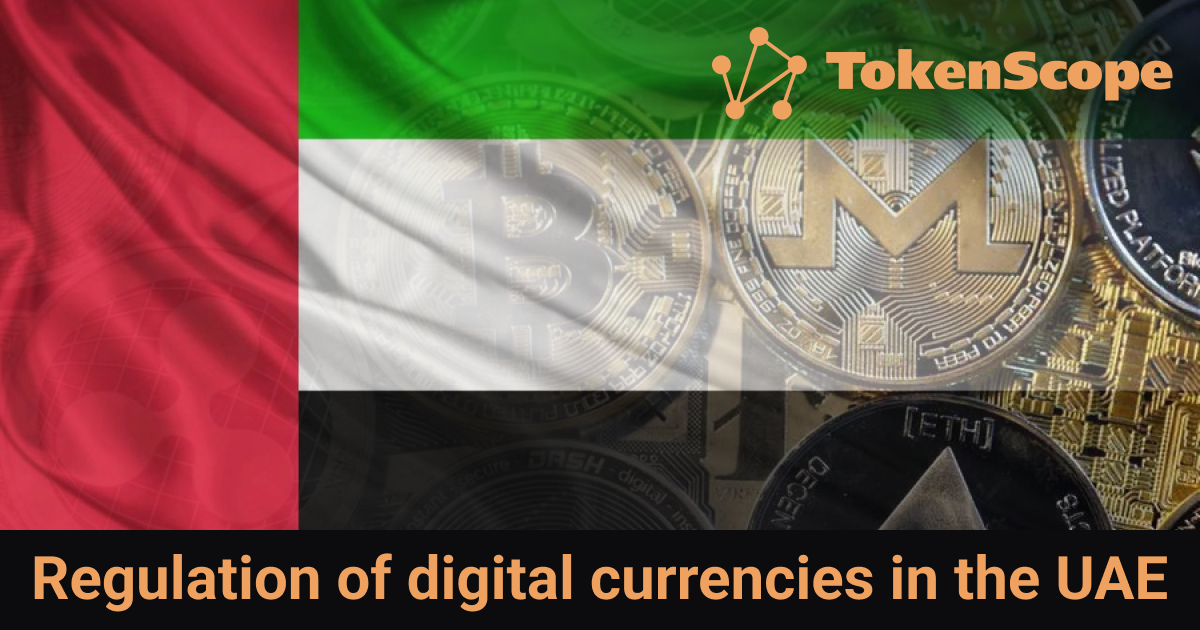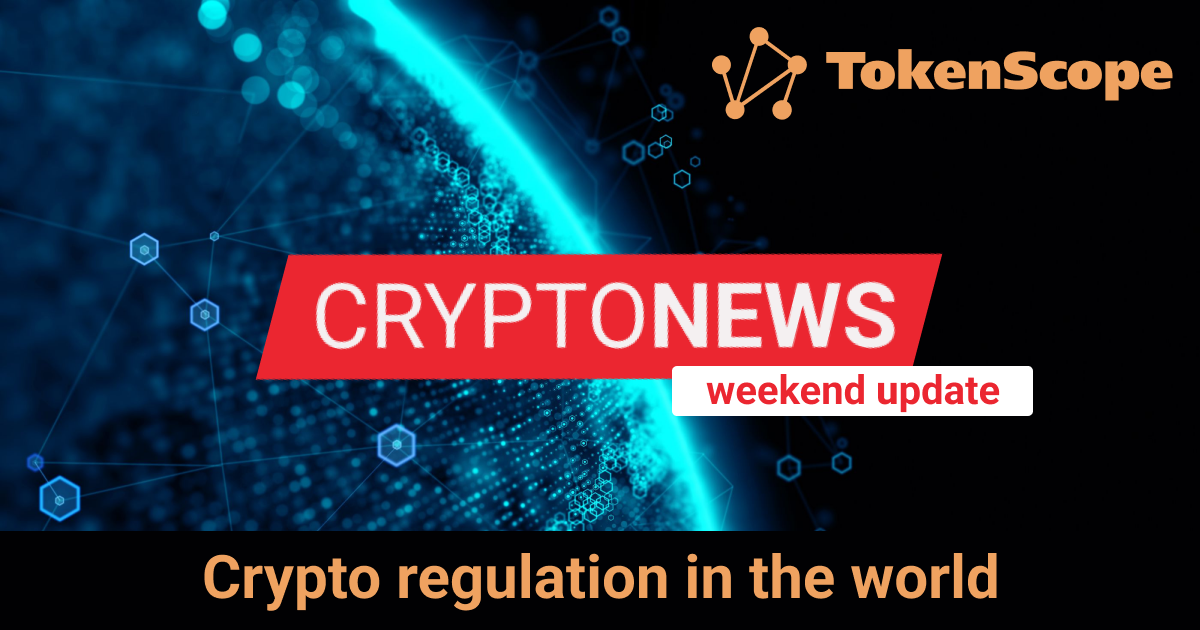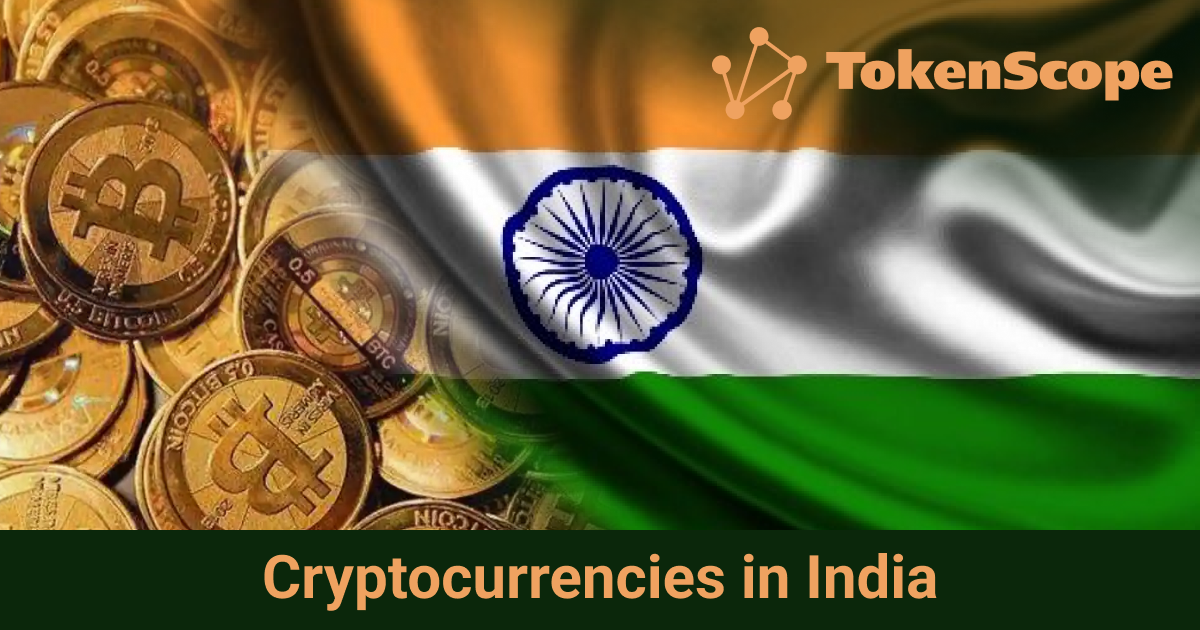Crypto regulation in the world: weekly digest #92
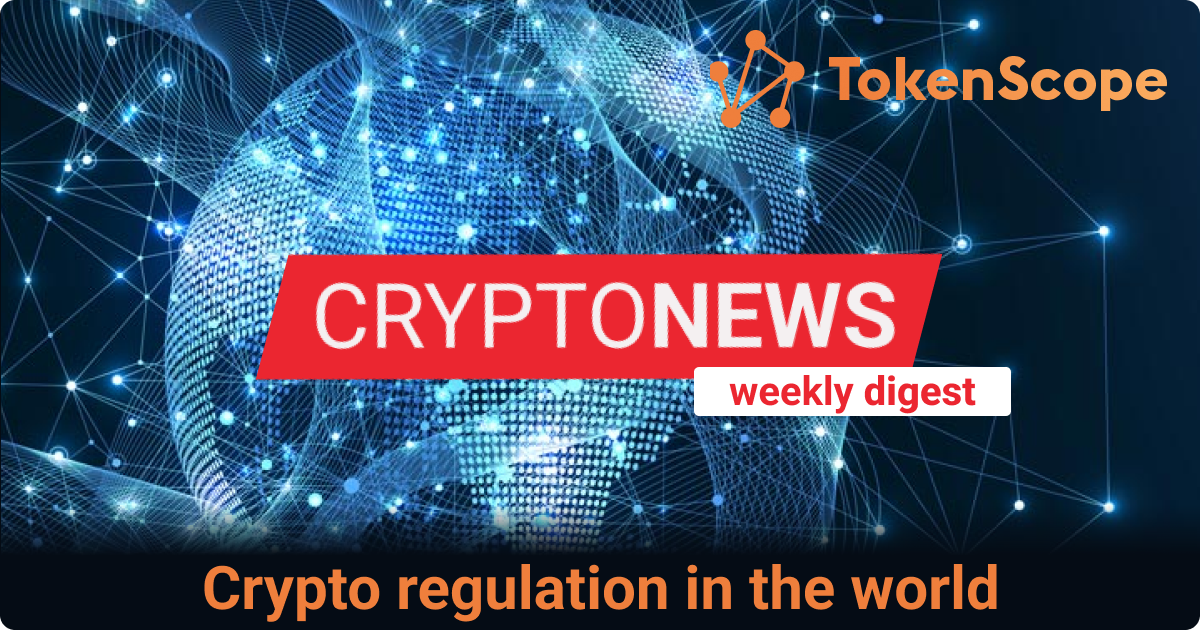
USA
On April 17, 2024, U.S. Senators Cynthia Lummis and Kirsten Gillibrand introduced a new bill aimed at defining the operation of stablecoins in the U.S. This bill, known as the Lummis-Gillibrand Payment Stablecoin Act, seeks to establish a regulatory framework for stablecoins, which are cryptocurrencies that maintain value with some other asset or currency.
Key Provisions:
-
Payment Stablecoin Definition: The bill defines a payment stablecoin as any dollar-pegged digital asset designed to be used as a means of payment or settlement.
-
Issuer Requirements: The bill imposes reserve and operational requirements on payment stablecoin issuers. These include creating subsidiaries specifically for stablecoin issuance, dealing in dollar-backed tokens, and ensuring full backing by reserve assets.
-
Custody and Trust: Issuers are required to use non-depository trusts as custodians, and these trusts must use depository institutions as sub-custodians. The bill also appears to ban algorithmic stablecoins, which maintain value through algorithmic mechanisms.
-
Oversight and Regulation: The bill emphasizes custody and third-party risk management, mandating specific regulations governing reserve requirements and operational practices. It requires depository institutions to form separate companies for stablecoin issuance and non-depository trust companies to use a sub-custodian that is a depository institution.
-
Sanctions compliance: the bill obliges stablecoins’ issuers to be compliant with the U.S. Bank Secrecy Act and sanctions regulations.
The Lummis-Gillibrand Payment Stablecoin Act is not their first bill proposal in crypto and a landmark bipartisan legislation that aims to create a clear regulatory framework for payment stablecoins, protecting consumers, enabling innovation, and promoting U.S. dollar dominance while preserving the dual banking system.
Hong Kong
The spot crypto ETFs in Hong Kong are expected to start trading by the end of April 2024. The Securities and Futures Commission (SFC) in Hong Kong has approved the launch of spot Bitcoin and Ether exchange-traded funds (ETFs).
Some of the firms that have been given the go-ahead to issue these ETFs include ChinaAMC, Harvest Global, and Bosera International. The approval of these funds signifies a significant milestone in their plans to offer investors exposure to the cryptocurrency market through regulated investment vehicles. The regulatory environment in Hong Kong has been evolving to accommodate the growing interest in cryptocurrencies. The city's SFC has been actively engaging with the industry, providing guidance and issuing licenses to firms involved in cryptocurrency trading and investment.
The approval of these ETFs is a testament to the SFC's commitment to fostering a regulated and legitimate crypto market in Hong Kong. This development is expected to attract both local and international investors, further bolstering Hong Kong's position as a leading financial hub.
The UK
The U.K. will issue new legislation for stablecoins as well as crypto staking, exchange and custody by June this year. The proposed regulations for stablecoins in the UK are outlined in the Financial Conduct Authority's (FCA) Discussion Paper DP23/4, published on November 6, 2023. The FCA has set out proposals for its regulation of fiat-backed stablecoins, inviting stakeholders to provide feedback by February 6, 2024.
The proposed regulatory framework for fiat-backed stablecoins is designed to harness the opportunities and mitigate risks present in the current stablecoin market. The FCA's approach to stablecoins is based on the Financial Stability Board's definition, which refers to a category of cryptoassets that aim to maintain or stabilise their value by reference to a fiat currency or a basket of assets, providing perceived stability compared to the high volatility of unbacked cryptoassets.
The regulation of stablecoins is part of a wider set of publications, including HM Treasury's intention to regulate cryptoassets and the Bank of England's discussion paper on the regulatory regime for systemic payment systems using stablecoins.
News from other countries:
-
Yesterday, April 20th, the fourth bitcoin halving occurred. The reward per block has halved to 3.125 BTC. Block 840000 was mined by ViaBTC mining pool.
-
Worldcoin, despite the regulatory pressure around the world, has launched its own Layer 2 blockchain called World Chain, which is designed to prioritize human users over bots, enhance efficiency, and foster real-world utility in Web3 applications. This new blockchain initiative aims to address issues of congestion caused by bot activity by favoring transactions completed by verified World ID holders, providing them with a free gas allowance to minimize friction for newcomers. World Chain aligns with Ethereum and collaborates with projects like Optimism and Base, with a full launch expected in the summer and a developer preview on the horizon.
-
USDT (Tether) and XAUT (Tether Gold) have been launched on the TON network, which is a blockchain developed by Telegram. This launch represents significant growth and utility enhancements in TON's ecosystem.
We continue to highlight the news of the world of crypto regulation worldwide. Please stay with us!
